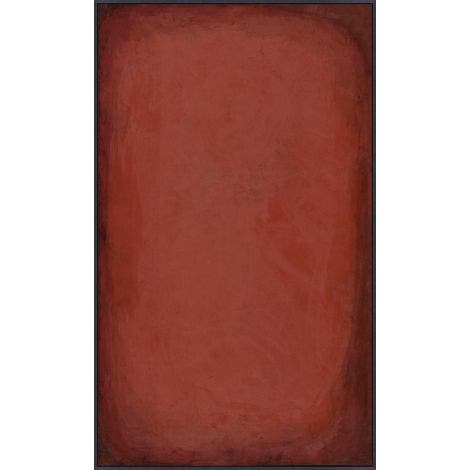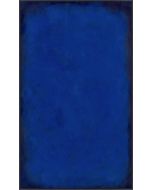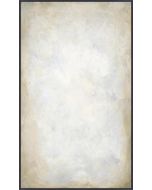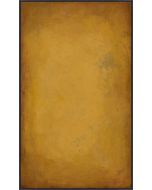Local Storage seems to be disabled in your browser.
For the best experience on our site, be sure to turn on Local Storage in your browser.
Roman Color 4

Our Inspiration:Glass garland bowl
Roman, Early Imperial, Augustan
Glass; cast and cut; late 1st century B.C.
Edward C. Moore Collection, Bequest of Edward C. Moore, 1891 91.1.1402
This cast-glass bowl comprises four separate slices of translucent glass—purple, yellow, blue, and colorless—of roughly equal size that were pressed together in an open casting mold. Each segment was then decorated with an added strip of millefiori glass representing a garland hanging from an opaque white cord. Very few vessels made of large sections or bands of differently colored glass are known from antiquity, and this bowl is the only example that combines the technique with millefiori decoration. As such, it represents the peak of the glassworker’s skill at producing cast vessels.

Our Inspiration:Glass garland bowl
Roman, Early Imperial, Augustan
Glass; cast and cut; late 1st century B.C.
Edward C. Moore Collection, Bequest of Edward C. Moore, 1891 91.1.1402
This cast-glass bowl comprises four separate slices of translucent glass—purple, yellow, blue, and colorless—of roughly equal size that were pressed together in an open casting mold. Each segment was then decorated with an added strip of millefiori glass representing a garland hanging from an opaque white cord. Very few vessels made of large sections or bands of differently colored glass are known from antiquity, and this bowl is the only example that combines the technique with millefiori decoration. As such, it represents the peak of the glassworker’s skill at producing cast vessels.






